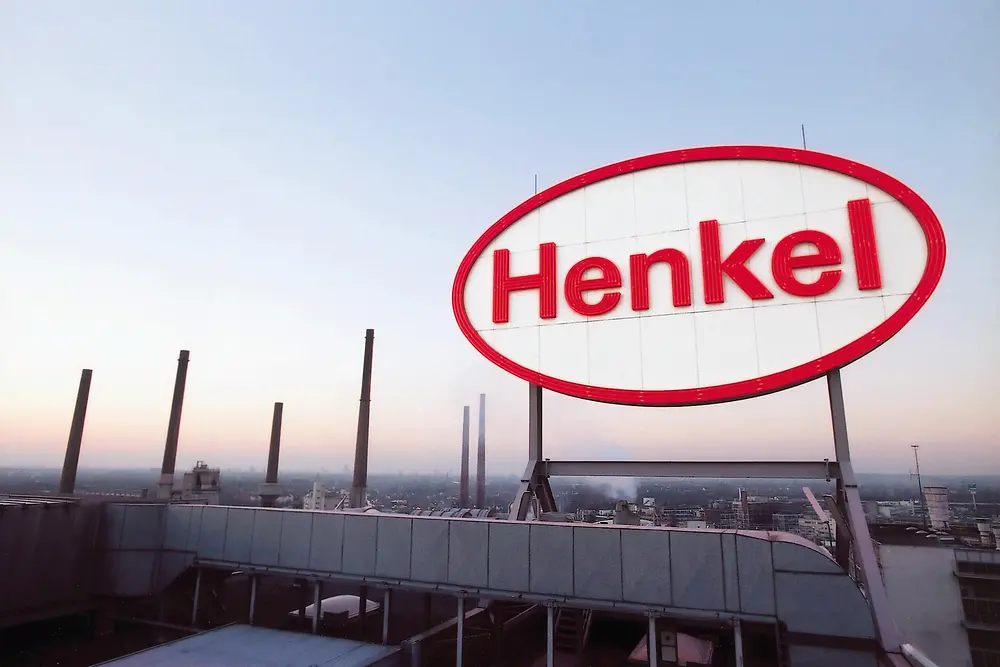The reason for this is that nearly every one of the 124 production facilities has its own machines, which differ in terms of age and manufacturer. Replacing them all would be a highly complex task: Different machines, different processes and workflows therefore make a standardized approach the basis for any next step.
Therefore, one of the first things that needs to be done for each production site is to accurately define which machines belong to which production line. This includes determining the sequence of mixing and where the filling happens. In order to map the physical in the digital world, Nick and his team must accurately define these things for each and every production facility. Hence, defining processes and standardizing production lines is the biggest, but also the most important challenge in their day-to-day work.
Once this has been done, unbiased data can be gathered on all the production facilities around the world. This includes detailed insights into the type of production and the process; information on exactly what happens, when, where and in which environment; insights into the entire process, from raw material to finished product; and, of course, information on quality control at the end of the process. Centralizing data collection makes production predictable: What will happen if there is a change in material? If you vary the temperature? Or shorten certain processes? Bjoern Jackisch, Corporate Vice President Global Digital Operations and responsible for Operations & Supply APAC region at Adhesive Technologies, emphasizes the project’s ambition: “Data as objective source of truth is the key driver and basis for the transformation. By connecting data from all part of the process, such as raw material data, process and machine data, and product performance data, we can optimize decision-making in real-time.”
All this data will in turn help to create more value for our different stakeholders. “We can use all of this information, for example, to integrate feedback from our customers into the production process. For this purpose, we have created a large, central tool: a platform that allows us to centralize feedback from customers all over the world. And because it is digitalized, we can easily incorporate this feedback into our production process,” explains Nick.














